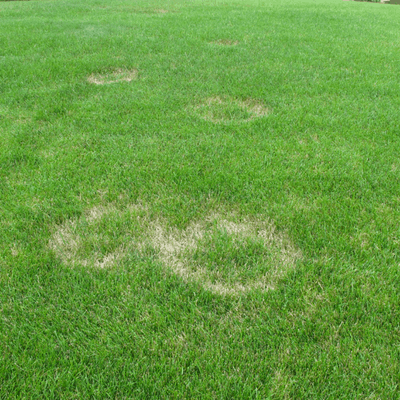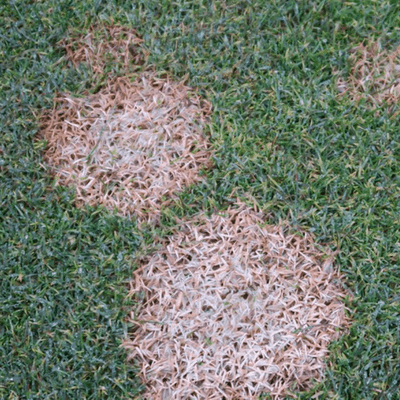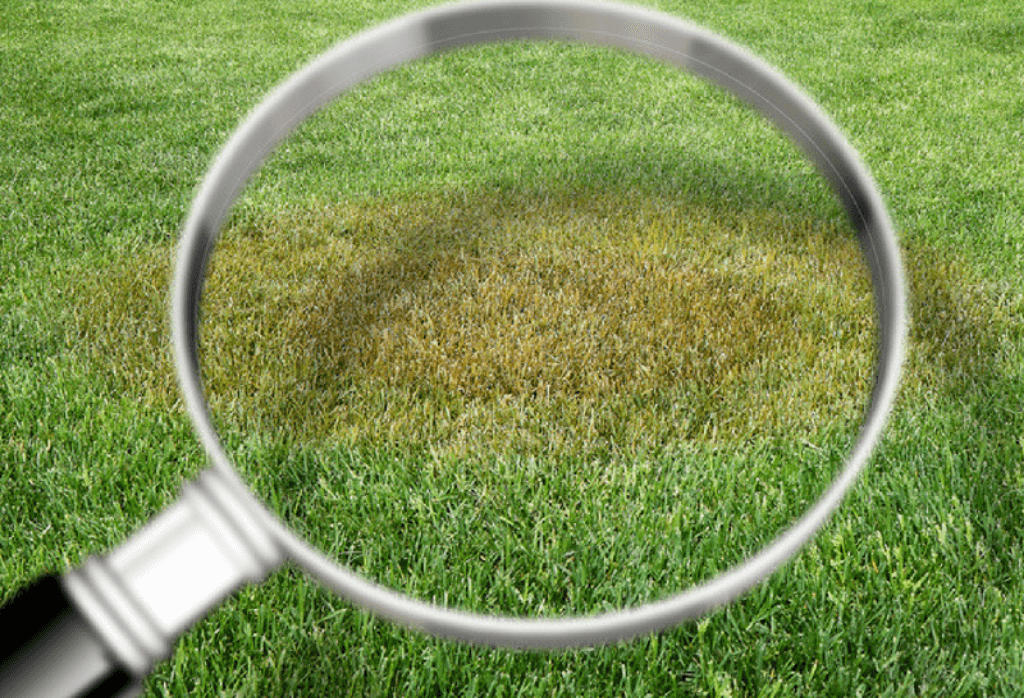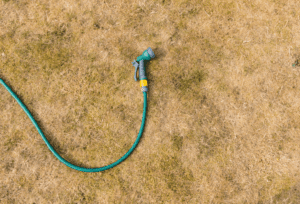Top 5 Lawn Diseases That May Be Attacking Your Grass
Is your yard not thriving the way you think it should? Have you noticed unsightly spots and patches on your grass? Your property may be suffering from lawn disease. Lawn disease is a common condition that can occur on even the most well-maintained property, particularly during the summer months. High temperatures and humidity create extensive seasonal stress on our lawn, weakening its immune system and creating an ideal opportunity for fungal diseases to gain a foothold on our grass, beds, and gardens.
Don’t risk turf sickness getting the best of your yard. Here are five common lawn diseases that may be attacking your grass:
Brown Patch
Brown patch can attack virtually any cool-season grasses; however, this lawn disease is most prevalent in yards with tall fescue and ryegrass. Higher nighttime summer temperatures (ranging between 65-70 degrees Fahrenheit) create an ideal opportunity for brown patch to thrive. You may initially begin to notice irregular, circular patches throughout your property that range from 6 inches to as big as several feet in width with a distinctive brownish yellow color.


Pythium Blight
Pythium blight, also referred to as cottony blight or grease spot, can cause significant yard damage in a relatively short amount of time. This foliar disease targets stressed turf and seedlings that are struggling for growth in overly wet, poorly drained soils. New seeds that receive too much watering are a primary target for Pythium blight. Some symptoms to look for include small, circular spots on the grass that have a gray or white appearance and range approximately 1-3 inches in diameter.
Large Patch
Much like brown patch, large patch is a highly destructive lawn sickness caused by a disease-carrying pathogen. Unlike brown patch, which focuses primarily on cool-season grasses, large patch mainly targets warm-season turfgrasses such as bermudagrass and zoysiagrass. The symptoms of large patch differ from brown patch as well. Look for big, circular spots that may run from 2 feet all the way up to 10 feet in width. Damaged areas will initially appear red, orange, or yellow, but will eventually brown up and flatten out in the yard.
Summer Patch
Although not as common as its brown and large counterparts, summer patch can also quickly devastate lawns, particularly fine-leaved fescues such as annual bluegrass. As its name implies, summer patch often presents in the warmer seasonal months. The initial symptoms of this disease begin as small spots of thinning and wilted turf, which eventually grows into larger yellow and bronze circles of yellow and bronze.
Pink Snow Mold
Unlike other diseases that thrive in hot temperatures, pink snow mold revels in cool, wet conditions. While it can develop under snow throughout the winter season, it doesn’t require the white stuff to make its mark throughout your lawn and turf. Pink snow mold is marked by small areas that look wet, especially around its circular edges. While the spots initially have a pinkish shade to them, they eventually fade, becoming tan and more bleached as the weather gets warmer and dryer.
Protect Your Lawn Against Disease
At Experigreen, we know that preventative treatments are the best way to ward off a lawn disease attack.
Don’t wait until a sickness has already taken hold of your grass and beds.
Contact our team of turf professionals today to learn more about our customized lawn care solutions.
Join Our Free Lawn Care Newsletter
Stay Up to Date With The Latest News & Updates
* We don’t share your info with anyone ever.



